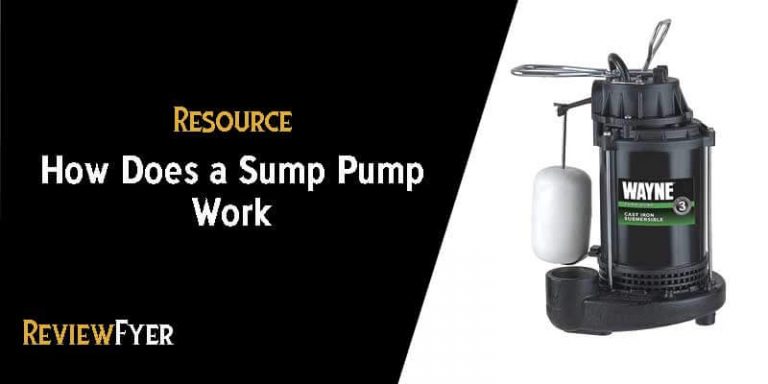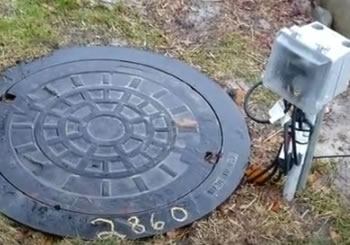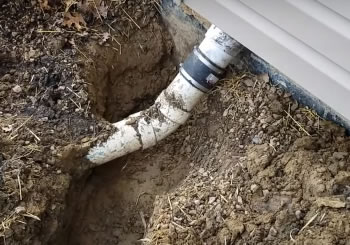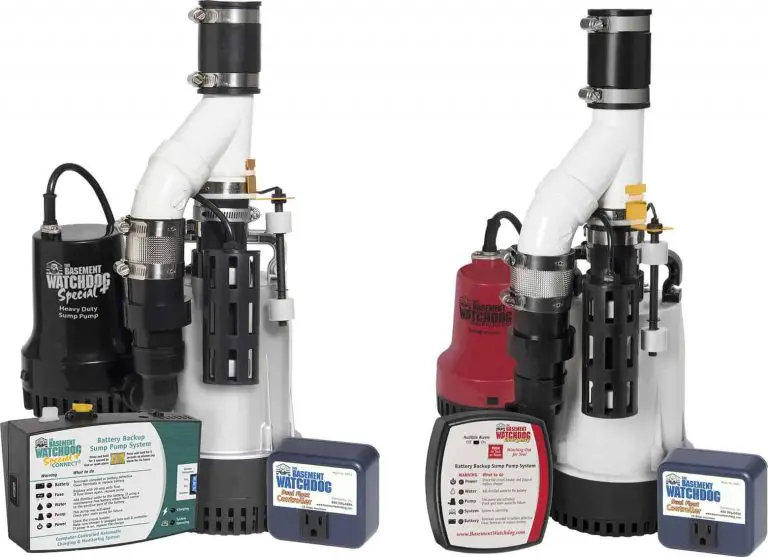How Many Watts Does a Sump Pump Use
Sump pumps are essential appliances that help protect homes and businesses from water damage by pumping excess water away from the foundation.
If you live in an area prone to flooding, it’s a good idea to consider a sump pump. The battery backup one is even better if you can afford it. These pumps use a marine battery, deep cycle battery, lead-acid batteries etc. to power the pump in the event of a power outage. They can help you to prevent flood damage, as basement flooding can cause thousands of dollars in damage.
However, like any other electrical device, sump pumps use energy. And, it’s important to know how much energy they use, and how much it will cost you. In this article, we’ll take a look at how many watts a sump pump uses and what factors can affect wattage.
Factors That Affect Sump Pump Wattage
There are several factors that can affect the wattage of a sump pump. Here are a few key factors to consider:
- Size of the sump pump: Larger sump pumps, such as those with a higher horsepower (HP) rating, typically have higher wattages, as they are designed to move more water. Sump pumps with a 1 HP or higher rating may use more watts than smaller pumps.
- Type of sump pump: Pedestal sump pumps tend to have lower wattages (50-250 watts) compared to submersible sump pumps (250-500 watts), which are designed to be fully immersed in water. Battery backup sump pumps, which are designed to operate during a power outage, have even higher wattages (300-800 watts).
- Horsepower of the sump pump motor: Sump pump motors are rated in horsepower (HP), and a higher horsepower rating typically corresponds to a higher wattage. However, the exact relationship between horsepower and wattage can vary depending on the efficiency of the motor and other factors.
- Voltage of the sump pump: Sump pumps can be powered by either 110/115-volt or 220/230-volt electrical systems. The wattage of a sump pump can be affected by the voltage of the electrical system it is connected to.
- Age of the sump pump: As a sump pump ages, its motor may become less efficient and use more watts to perform the same amount of work.
- Condition of the sump pump: A sump pump that is well-maintained and in good working order may use fewer watts compared to a sump pump that is dirty or in need of repair.
- Type of water being pumped: Sump pumps that are pumping dirty or debris-laden water may require more watts to perform the same amount of work compared to sump pumps pumping clean water.
- Length of the discharge hose: The longer the discharge hose, the more watts may be required to pump the water through the hose. Similarly, the height of the discharge point can also affect the wattage needed, as it takes more energy to lift the water higher.
Average Wattage of Sump Pumps
The wattage of a sump pump can vary depending on the size and type of the pump, Horse Power, as well as the water flow and other factors. Here is a general breakdown of the average consumption of watts of power usage for different sizes of submersible sump pumps:
- 1 hp sump pump: 700-1,000 watts
- ¾ hp sump pump: 500-700 watts
- 1/3 hp sump pump: 300-400 watts
- ½ hp sump pump: 400-500 watts
- ¼ hp sump pump: 200-300 watts
Can A Generator Run A Sump Pump
There is no harm in using a generator to run a sump pump in the event of a power outage. However, it’s important to choose the right size generator for your sump pump to ensure that it has enough power to run effectively. As a general rule of thumb, you’ll want to choose a generator with a wattage rating that is at least equal to the wattage of your sump pump. You can determine the wattage of your sump pump by consulting the manufacturer’s specifications or using a watt meter.
It’s also important to consider the type of fuel that the generator uses, as this can affect its cost and convenience. Gas-powered generators are generally more affordable, but they can be loud and emit exhaust fumes. On the other hand, diesel-powered generators tend to be quieter and more fuel-efficient, but they can be more expensive. If you plan to use a generator as a backup power source for your sump pump, it’s a good idea to choose one that is easy to start and has a long runtime.
Finally, it’s important to follow safety guidelines when using a generator to power a sump pump. Be sure to keep the generator a safe distance from the house and avoid using extension cords, as this can create a fire hazard. It’s also a good idea to have a carbon monoxide detector installed in your home, as generators can emit this potentially deadly gas.
What Size Generator Do I Need To Run A Sump Pump
If you need to use a generator to power your sump pump during a power outage, it’s important to choose a generator that is large enough to handle the wattage of your pump. Here is a general guide to the size of generator you’ll need to run different sizes of sump pumps:
- ¼ hp pump: 500-1,000 watt generator
- ½ hp pump: 1,000-2,000 watt generator
- 1/3 hp pump: 1,000-2,000 watt generator
- ¾ hp pump: 2,000-3,000 watt generator
- 1 hp pump: 3,000-4,000 watt generator
It’s important to note that these are general guidelines and the actual wattage needed may vary depending on the specific pump and other factors. To determine the exact wattage needed for your sump pump, it’s best to consult the manufacturer’s specifications or use a watt meter.
It’s important to note that these are just rough estimates, and the actual wattage of your sump pump may be different. To get an accurate measurement of your sump pump’s wattage, you’ll need to use a watt meter or consult the manufacturer’s specifications.
Calculating the Cost of Running a Sump Pump
To calculate the cost of running a sump pump, you’ll need to know the wattage of the pump and how long it runs each day. Here’s a simple formula you can use to calculate the cost:
(Wattage of sump pump) x (hours of operation per day) / 1,000 x (cost of electricity per kilowatt-hour) = Cost per day
For example, let’s say you have a submersible sump pump that uses 500 watts and runs for 2 hours per day. If your electricity cost is $0.12 per kilowatt-hour, the cost of running the sump pump would be:
(500 watts) x (2 hours) / 1,000 x ($0.12 per kilowatt-hour) = $0.12 per day
To calculate the cost per month, you can simply multiply the cost per day by the number of days in the month. So in this example, the cost per month would be $0.12 per day x 30 days = $3.60 per month.
Ways to Reduce Sump Pump Wattage
There are several things you can do to reduce the wattage of your sump pump and lower your energy costs:
- Regular maintenance and cleaning: A clean and well-maintained sump pump will use less wattage than a dirty or malfunctioning pump. Be sure to regularly clean the pump and check for any issues that could cause it to run inefficiently.
- Choose a sump pump with a high efficiency rating: Some sump pumps are more efficient than others, so you should look for a pump that has a high efficiency rating. This can help reduce the wattage needed to run the pump and lower your energy costs.
- Use a sump pump with a variable speed motor: A sump pump with a variable speed motor can adjust its speed according to the flow of water. This can help reduce energy and wattage use. These pumps are generally more efficient than pumps with fixed speed motors and can help lower your energy costs over time.
Conclusion
Sump pumps are essential for protecting homes and businesses from water damage, but they can also be a significant source of energy consumption. By understanding how many watts a sump pump uses and taking steps to reduce wattage, you can help protect the environment and save money on energy.




